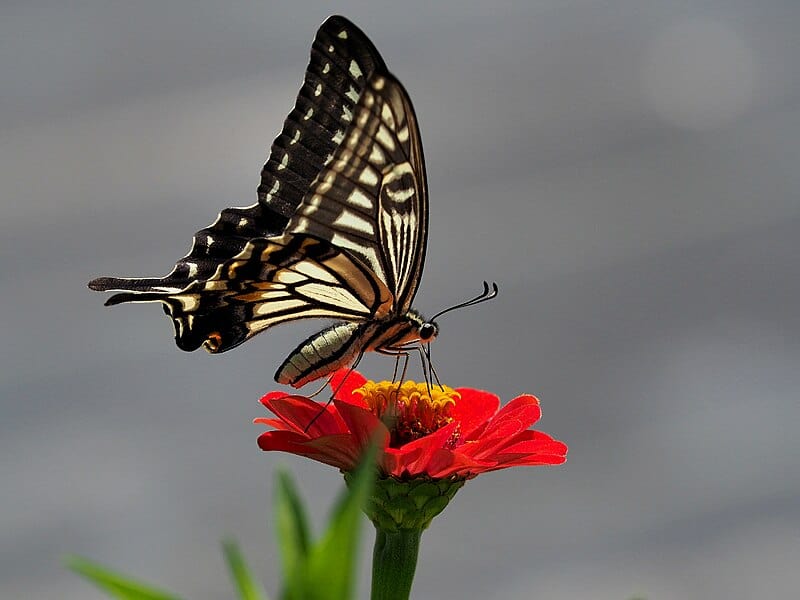Welcome to Animals that start with an X.
While animals that begin with the letter X may appear non-existent, many exist worldwide—many have scientific names in languages like Latin and Greek that start with X.
Overview of animals that start with X
1. Xalda Sheep
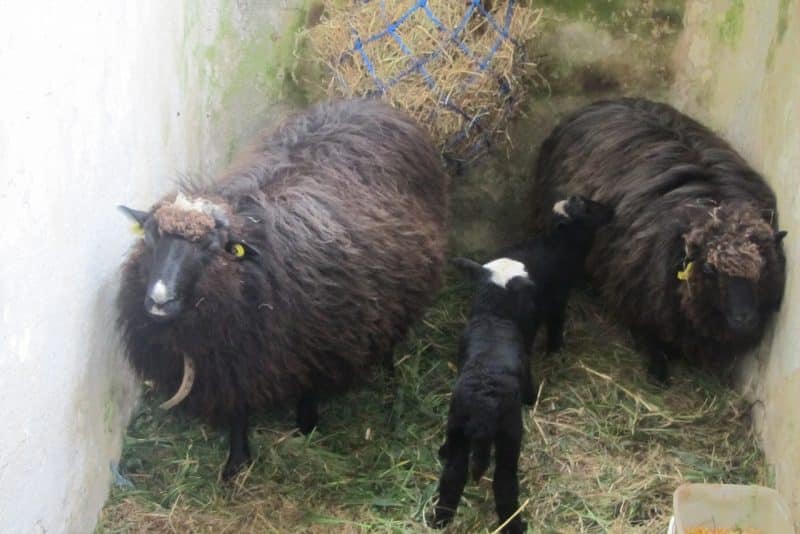
| Scientific Name | Ovis aries |
| Where it Lives | Asturia, northern Spain |
| What it Eats | Grass, grain |
| Conservation Status | Endangered |
Fun Fact: The Asturi people made black tunics out of Xalda sheeps’ wool.
Xalda sheep are one of the oldest sheep breeds indigenous to Asturia, Northern Spain. They were first recorded in 27 BCE. They used to be quite populous in Asturia with about 6,000 individuals. However, they are currently considered endangered and are at risk of extinction, with only 1,700 individuals left today.
2. Xanthippe’s Shrew
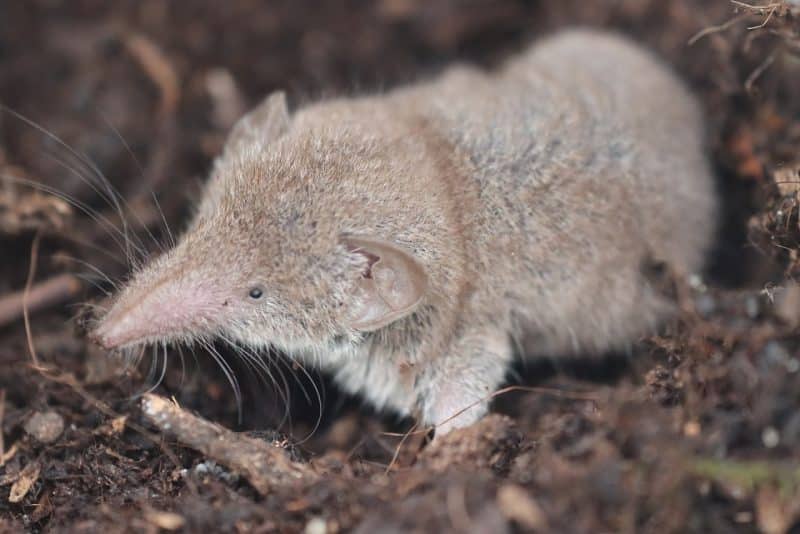
| Scientific Name | Crocidura xantippe |
| Where it Lives | Eastern Africa |
| What it Eats | Worms, slugs, snails |
| Conservation Status | Least concern |
Fun Fact: The shrews’ offspring become independent three weeks after birth.
Xanthippe’s shrews are moles that bear resemblance to a rodent. They are native to Kenya and Tanzania in particular. These shrews are omnivores and feed on both plants and small animals.
3. Xantic Sargo
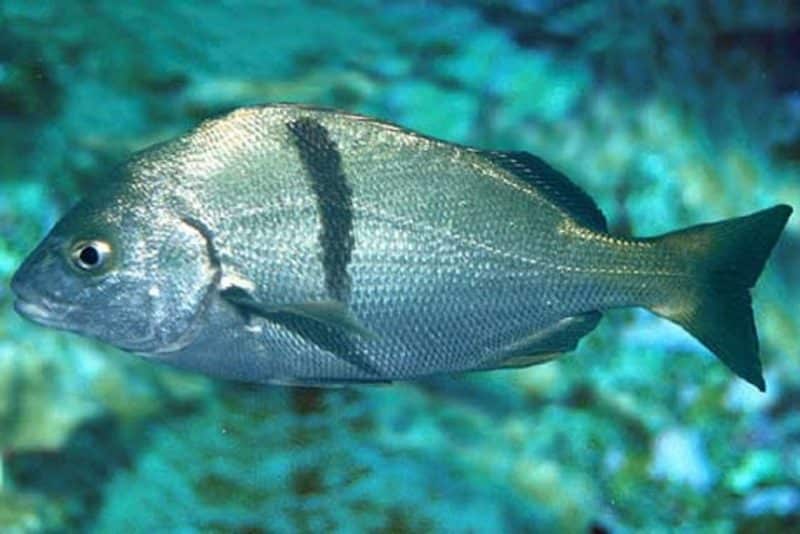
| Scientific Name | Anisotremus davidsonii |
| Where it Lives | Eastern Pacific Ocean |
| What it Eats | Kelp, seagrass, seaweed |
| Conservation Status | Least concern |
Fun Fact: Xantic Sargos can survive as individuals or in a group.
Xantic Sargos, otherwise known as California Sargos, are endemic to the Pacific Ocean. They often feed on small fish and are prey to larger fish. Xantic Sargos are also often fished and eaten by humans.
4. Xantus’s Hummingbird
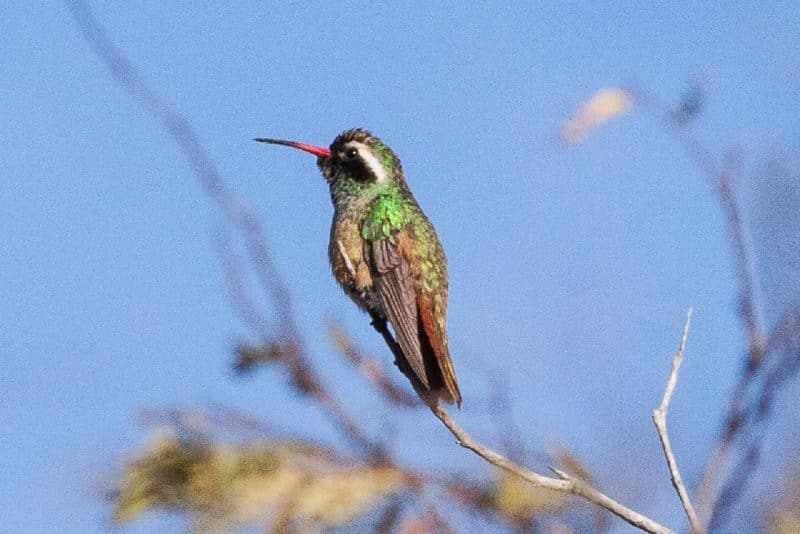
| Scientific Name | Basilinna xantusii |
| Where it Lives | Baja California peninsula |
| What it Eats | Nectar |
| Conservation Status | Least concern |
Fun Fact: Xantus’s birds are major pollinators of madrone trees.
Xantus’s hummingbirds are a rare bird endemic to Baja California, Mexico. They are mainly green-colored birds with black cheeks and a distinctive white stripe above their eyes.
5. Xantus Leaf-Toed Gecko
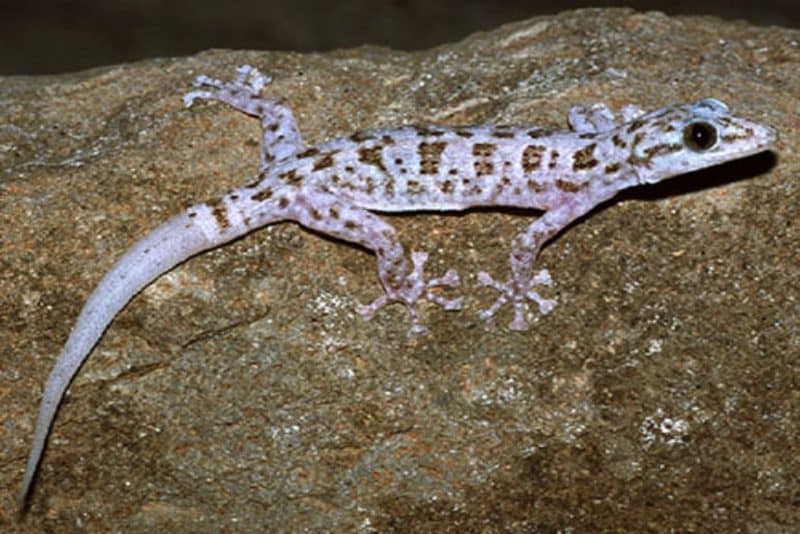
| Scientific Name | Phyllodactylus xanti |
| Where it Lives | California, north-west Mexico |
| What it Eats | Termites, flies, spiders, ants |
| Conservation Status | Least concern |
Fun Fact: The Xantus leaf-toed gecko protects itself against predators by “dropping” its tail, which can grow back.
Xantus leaf-toed geckos are found in areas where shrubs are abundant. They are a highly-populous group, with females able to lay up to 20 eggs in one reproduction cycle.
6. Xantus Murrelet
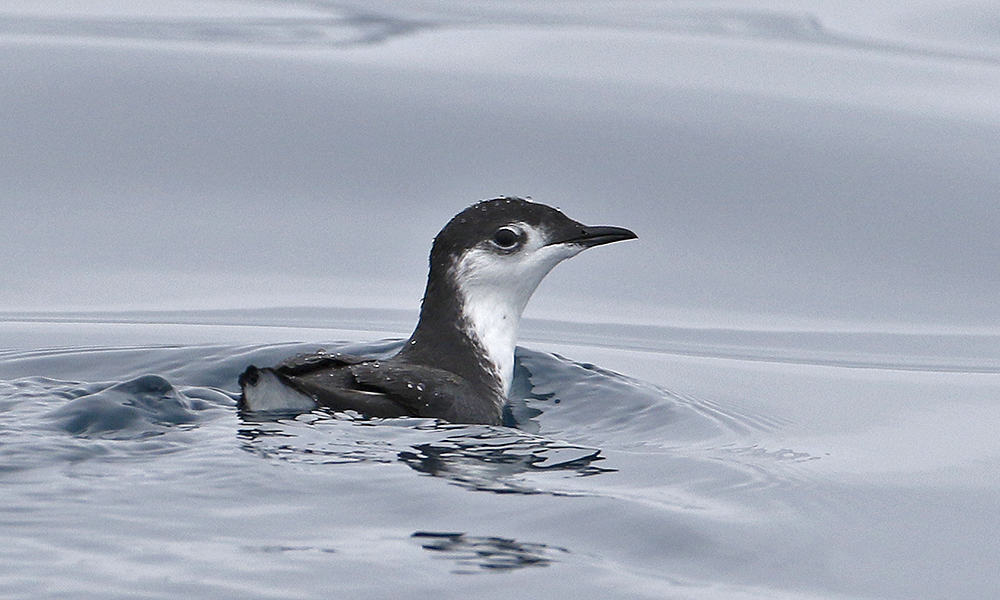
| Scientific Name | Synthliboramphus hypoleucus |
| Where it Lives | Pacific Ocean |
| What it Eats | Tuna, anchovies, sardines |
| Conservation Status | Endangered |
Fun Fact: They will typically be found fishing in pairs.
Xantus murrelets, also known as Guadalupe murrelets, are a bird species that inhabit the Pacific Ocean from the shores of California to Mexico. The Xantus Murrelet is considered one of the most endangered species on earth.
7. Xeme
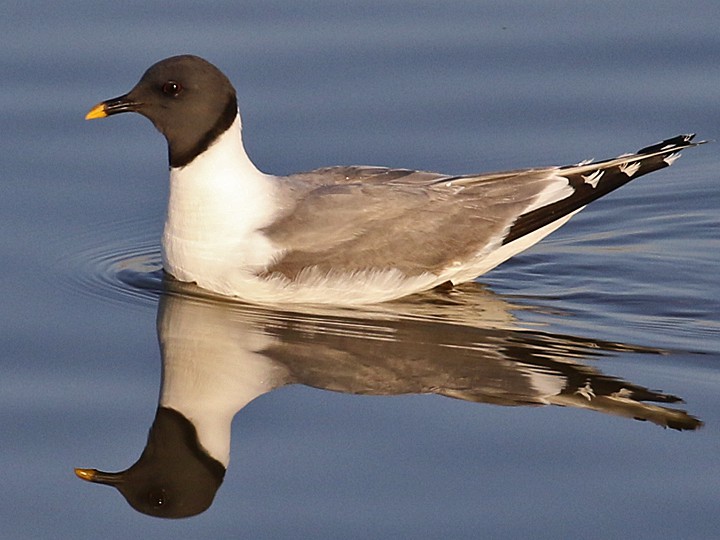
| Scientific Name | Xema sabini |
| Where it Lives | Arctic coasts, tundra |
| What it Eats | Fish, insects, eggs, spiders |
| Conservation Status | Least concern |
Fun Fact: Once a Xeme male and female pair up, they become mating partners for life.
Xemes, also known as Sabine gulls, are sea birds that inhabit the Arctic coasts. They often breed in coastal and tundra biomes. They are characterized by their dark gray masks and yellow-tipped beaks.
8. Xenarthra
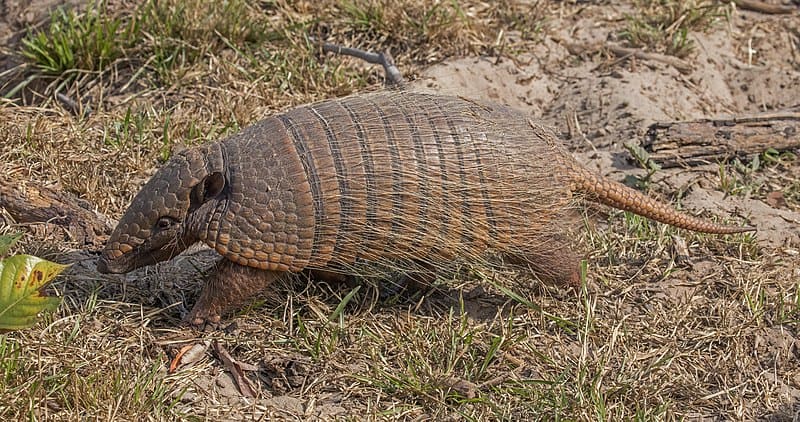
| Scientific Name | Multiple taxa |
| Where it Lives | South and Central America |
| What it Eats | Insects, worms |
| Conservation Status | Some species are endangered, others are of least concern |
Fun Fact: The Xenarthra have extra vertebral (spinal) joints that aid them in hunting for food.
Xenarthra is a superorder of animals including armadillos, anteaters, and sloths. They commonly inhabit rainforests in Latin America. There is a relatively high population of Xenarthra in the Latin American region, but some species have become extinct.
9. Xenoceratops
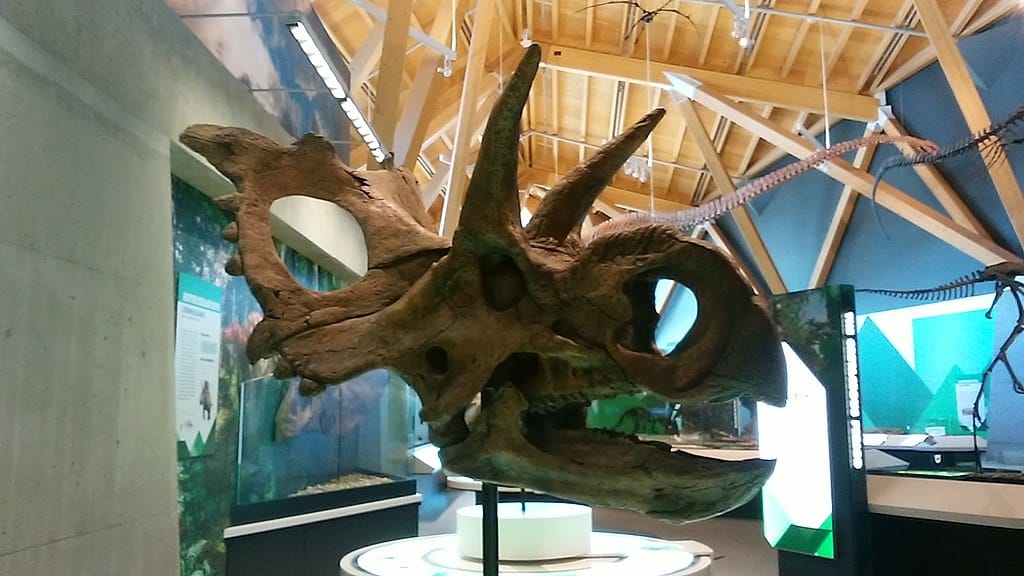
| Scientific Name | Xenoceratops foremostensis |
| Where it Lived | Canada |
| What it Ate | Likely ferns and flowers |
| Conservation Status | Extinct |
Fun Fact: “Xenoceratops” comes from Greek words meaning “alien horned face.”
Xenoceratops are dinosaurs that lived during the Late Cretaceous period (100-66 million years ago). Their fossils were first found in 1958 during an excavation near Alberta, Canada. Their dentition revealed that they were most likely herbivores.
10. Xenoposeidon
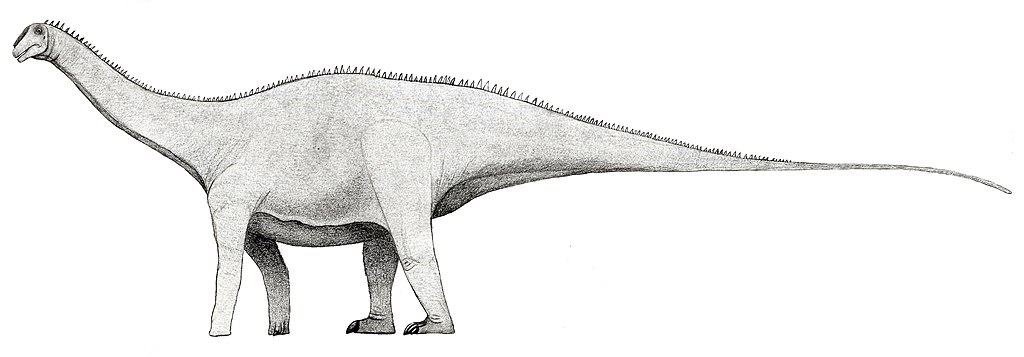
| Scientific Name | Xenoposeidon proneneukos |
| Where it Lived | England |
| What it Ate | Likely ferns and cycads |
| Conservation Status | Extinct |
Fun Fact: “Xenoposeidon” comes from Greek words meaning “alien Poseidon (god of the sea).”
Xenoposeidons are dinosaurs that lived during the Early Cretaceous period (140 million years ago). A fossilized bone was first found in the 1890s in England, but was only properly analyzed and names in 2007. A single vertebra was found, but this specimen was special as it had small, circular openings that may have been air sacs that made the skeleton lighter.
11. Xenops
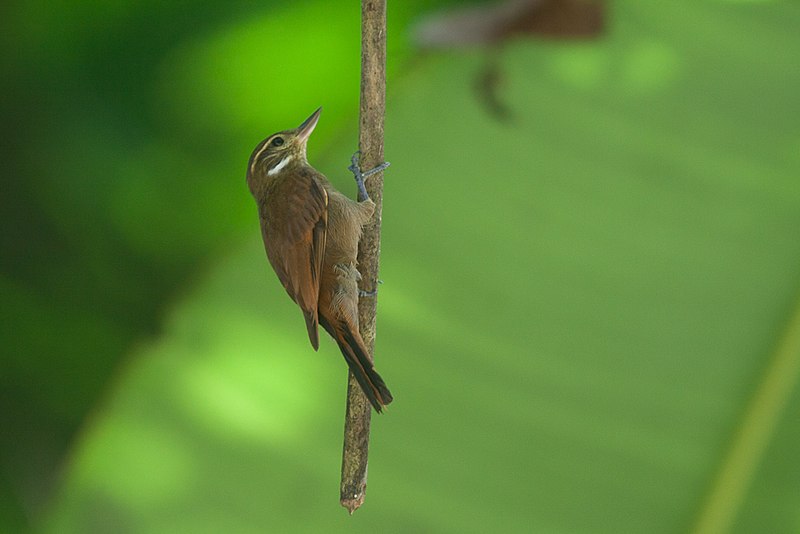
| Scientific Name | Xenops spp. |
| Where it Lives | South America |
| What it Eats | Insects |
| Conservation Status | Least concern |
Fun Fact: Due to their small size, they are rare to spot and often overlooked.
Xenops are a genus of small birds that are mostly distributed around South America. There are currently only three surviving species in the wild. The birds are identifiable by their miniature size and long tail.
12. Xenurus unicinctus
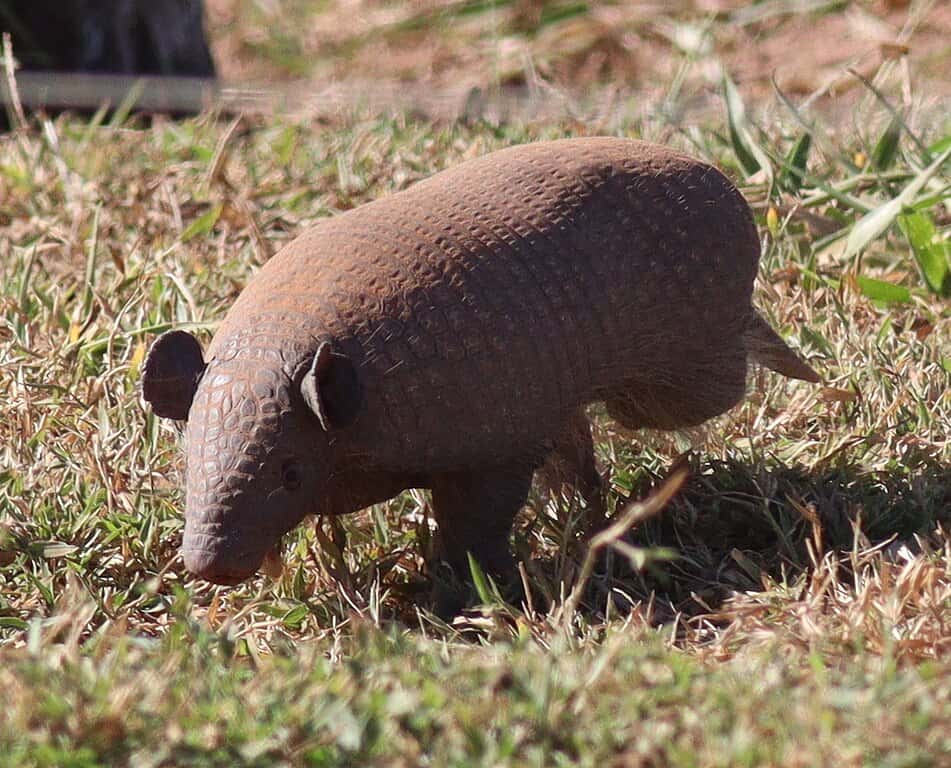
| Scientific Name | Xenurus unicinctus |
| Where it Lives | South America |
| What it Eats | Ants, termites |
| Conservation Status | Least concern |
Fun Fact: Because they spend lots of time underground, they have poor eyesight.
Xenurus unicinctus, commonly known as the Southern naked-tailed armadillo, are well-loved animals. They are rarely seen above ground as they spend a large portion of their time burrowed underground. Their burrows are entire caverns complete with all the essentials they need to survive.
13. Xerus
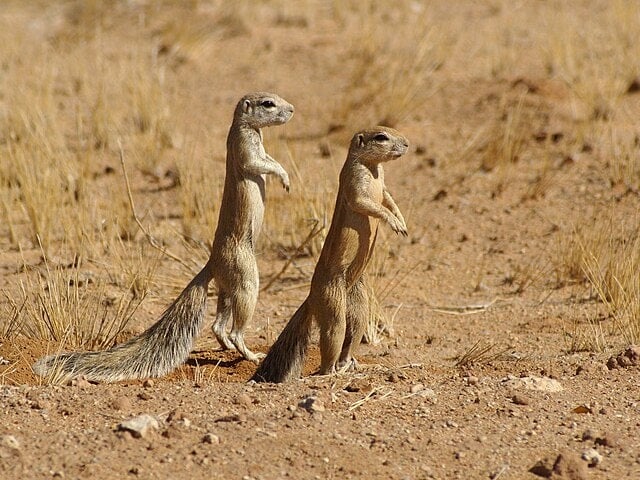
| Scientific Name | Geosciurus inauris |
| Where it Lives | Southern Africa |
| What it Eats | bulbs, fruits, grasses, herbs, insects |
| Conservation Status | Least concern |
Fun Fact: Xerus squirrels mate throughout the year as opposed to during only a single season.
Xerus’, also known as African ground squirrels, are a species of squirrels that reside in African burrows. Although they are highly social animals, males and females typically isolate themselves from one another and only come together to mate.
14. Xestochilus nebulosus
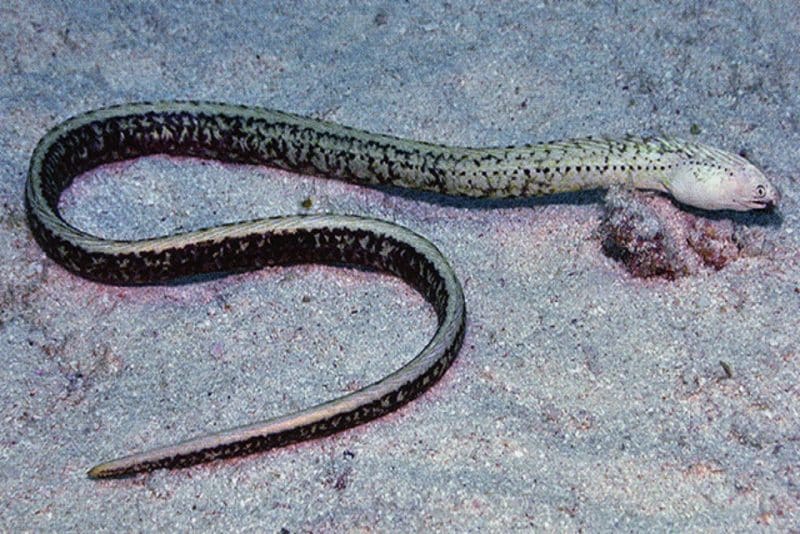
| Scientific Name | Xestochilus nebulosus |
| Where it Lives | Indo-Pacific Oceans |
| What it Eats | fish, crustaceans, invertebrates |
| Conservation Status | Least concern |
Fun Fact: Though they look dangerous, Xestochilus nebulosus pose no threat to humans.
Xestochilus nebulosus, also called the nebulosus snake eel, is endemic to the Indo-Pacific oceans. They favor isolated habitats such as sandy or weed-enshrouded ocean floors and tidepools.
15. Xingu Corydoras
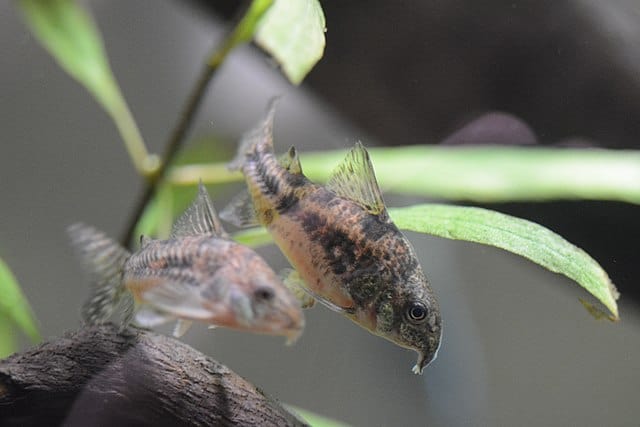
| Scientific Name | Corydoras xinguensis |
| Where it Lives | Xingu River in Brazil |
| What it Eats | Algae, insects, crustaceans, worms |
| Conservation Status | Least concern |
Fun Fact: The Xingu females lay their eggs all across the river when spawning.
Xingu corydoras are a spectacular fish species that inhabit the waters of the Brazilian Xingu River. They are omnivores, but are also quite easy targets as prey for predators.
16. Xiphactinus
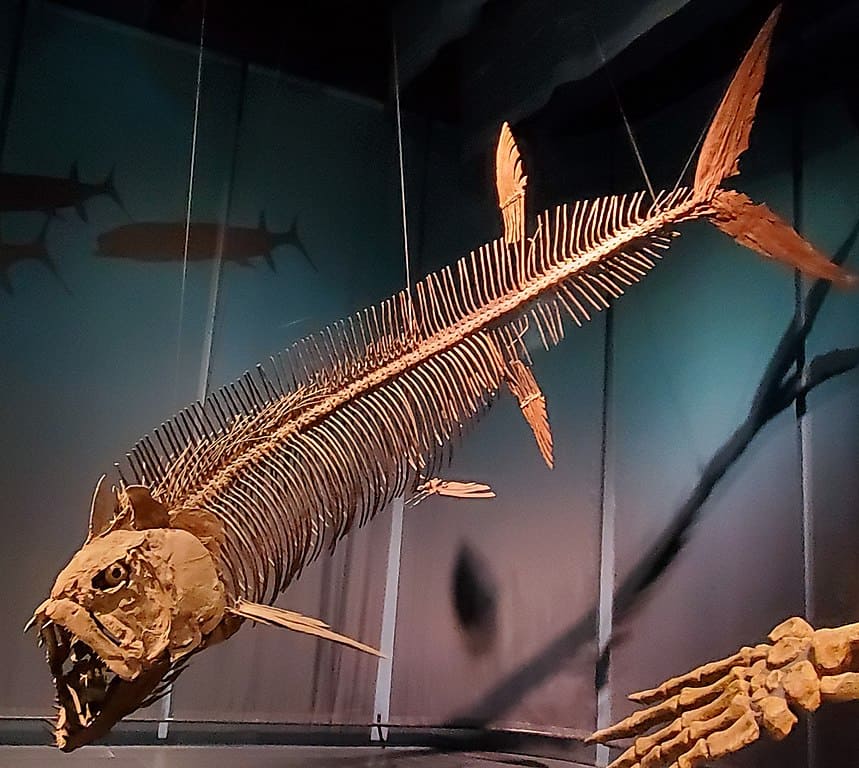
| Scientific Name | Xiphactinus audax |
| Where it Lived | United State East Coast |
| What it Ate | Likely fish, reptiles, cephalopods |
| Conservation Status | Extinct |
Fun Fact: “Xiphactinus” comes from Greek words meaning “sword ray.”
Xiphactinus’ are an extinct species of bony fish that lived during the Late Cretaceous period (100-66 million years ago). They were one of the largest species of bony fish to have ever lived. These fishes were carnivores and likely consumed both marine animals and sea birds. They would have been very fast swimmers.
17. Xiphosura
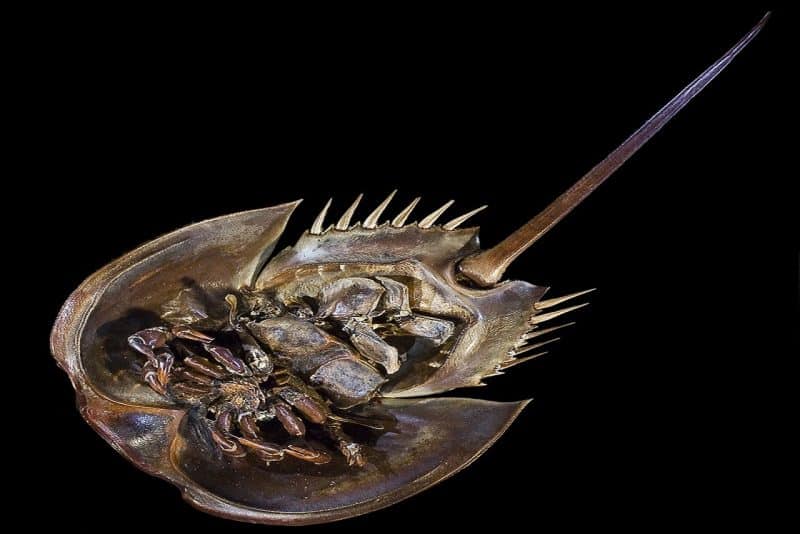
| Scientific Name | Multiple taxa |
| Where it Lives | Marine and brackish water |
| What it Eats | Worms, mollusks, invertebrates |
| Conservation Status | Least concern |
Fun Fact: The Horseshoe crab blood is essential to the medical field because it can identify bacterial contamination in small quantities.
Xiphosura is an order of horseshoe crabs that includes Mangrove, Atlantic, and Chinese horseshoe crabs. Xiphoras have two main body parts, the prosoma (the head) and opisthosoma (the body), which comprises multiple plates for breathing.
18. Xinjiang Ground-jay
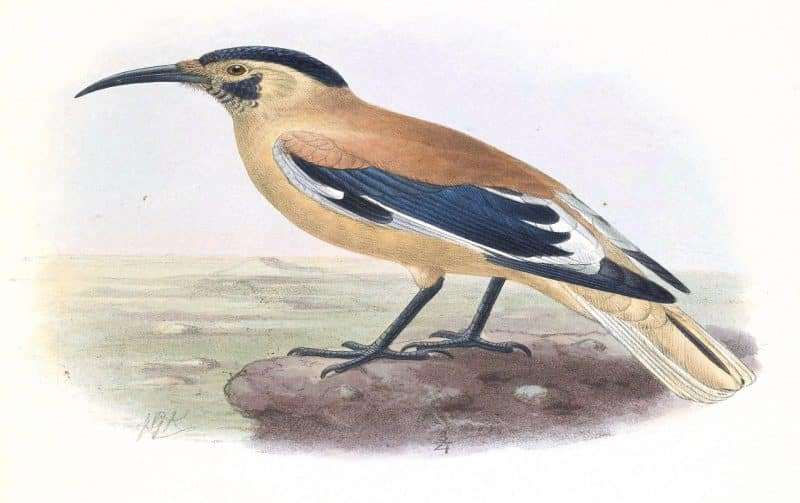
| Scientific Name | Podoces biddulphi |
| Where it Lives | China |
| What it Eats | Seeds, grain, insects |
| Conservation Status | Near threatened |
Fun Fact: The Xinjiang Ground-jay is only as large as an adult’s human hand.
Xinjiang ground-jays are distinctive members of the Corvidae family. They are a group of slender and small-sized birds that originate from China. These ground-jays have only a few surviving members in the world.
19. Xoloitzcuintle

| Scientific Name | Canis lupis familiaris |
| Where it Lives | Mexico |
| What it Eats | Meat, bones |
| Conservation Status | Critically endangered |
Fun Fact: The Aztecs’ history reports that the Xoloitzcuintle originated from a sliver of the Bone of Life which gave rise to all of humanity.
Xoloitzcuintles, commonly known as the Mexican hairless or Xolo for short, are native to Mexico. Their name is pronounced “show-low-eats-QUEENT-lee.” They are It is one of the oldest dog breeds in the world. This breed is on the brink of extinction due to low breeding interest by breeders.
20. X-ray Tetra
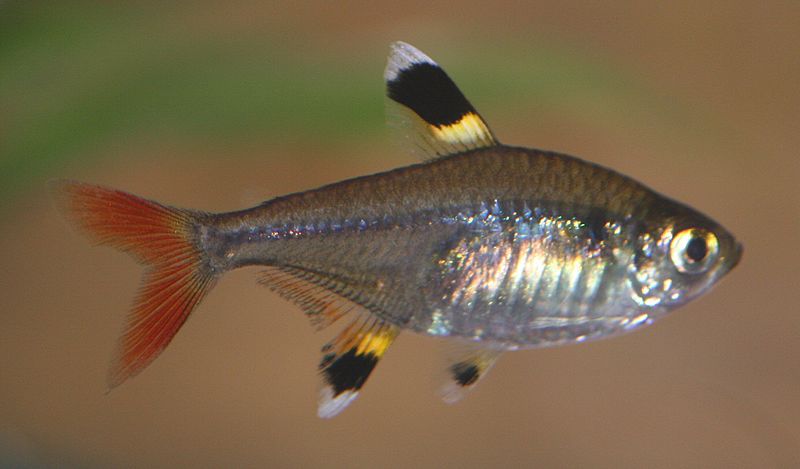
| Scientific Name | Pristella maxillaris |
| Where it Lives | Amazon River |
| What it Eats | Small insects, plankton |
| Conservation Status | Least concern |
Fun Fact: The X-ray Tetra is an incredibly peaceful and tolerant species of fish.
X-ray Tetras are a small group of schooling fish that naturally breed and live in the Amazon River in South America. They were first discovered in 1894 and are now one of the most common freshwater fish featured in aquariums.
21. Xuthus Swallowtail
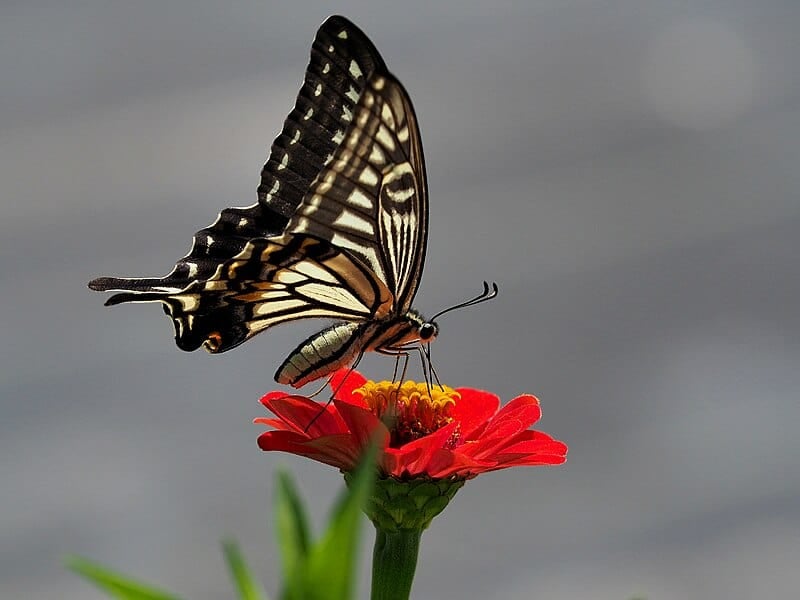
| Scientific Name | Papilio xuthus |
| Where it Lives | Many parts of Asia |
| What it Eats | Citrus plants |
| Conservation Status | Least concern |
Fun Fact: They are one of few butterflies that can mate and reproduce multiple times.
Xuthus swallowtails are a beautiful butterfly species native to Asia and found in Taiwan, Japan, Siberia, China, Myanmar, and the Korean peninsula. They have a lot of genetic diversity within their species.
22. Xylophagous Leafhopper
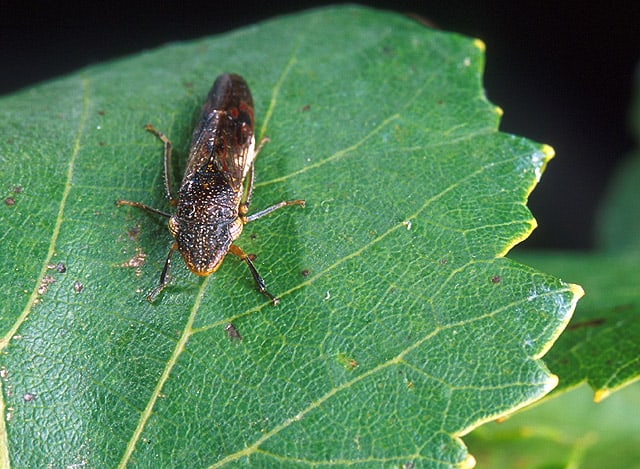
| Scientific Name | Homalodisca vitripennis |
| Where it Lives | North America |
| What it Eats | Grapes, citrus, almond fruits |
| Conservation Status | Least concern |
Fun Fact: These insects are infamous for starting and spreading Pierce’s Disease, with the most recent outbreak occurring in Temecula, California, in 1997.
Xylophagous leafhoppers, also called glassy-winged sharpshooters, are a species of insect usually found in old leaves during winter. They can survive in temperatures are as low as 20 °F (-6 °C).
23. Xucaneb Robber Frog
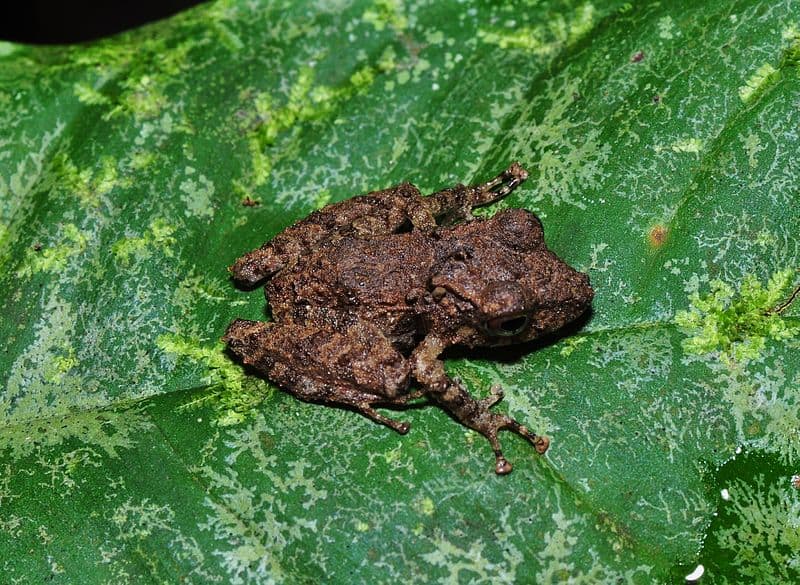
| Scientific Name | Craugastor xucanebi |
| Where it Lives | Guatemala |
| What it Eats | Insects, snails, spiders |
| Conservation Status | Vulnerable |
Fun Fact: Unlike other frogs that hatch tadpoles, Xucaneb robber frogs hatch small frogs when reproducing.
Xucaneb robber frogs are commonly found in Guatemala with populations in Sierra de Xucaneb, Sierra de las Minas, and Sierra de la Chuchumatanes. Unfortunately, they are on the brink of extinction due to deforestation and charcoal pollution.
Summary of Animals that Start with X
There you have it: a host of interesting animals starting with the letter X. We’ve also covered every other letter of the alphabet, so please go ahead and take a look!
- Animals That Start With A
- Animals That Start With B
- Animals That Start With C
- Animals That Start With D
- Animals That Start With E
- Animals That Start With F
- Animals That Start With G
- Animals That Start With H
- Animals That Start With I
- Animals That Start With J
- Animals That Start With K
- Animals That Start With L
- Animals That Start With M
- Animals That Start With N
- Animals That Start With O
- Animals That Start With P
- Animals That Start With Q
- Animals That Start With R
- Animals That Start With S
- Animals That Start With T
- Animals That Start With U
- Animals That Start With V
- Animals That Start With W
- Animals That Start With Y
- Animals That Start With Z
Join our Forum for free today!

- These are The 5 Largest Great White Sharks Ever Recorded - July 19, 2024
- The Surprising Benefits of Big Game Hunting - July 18, 2024
- $100k+ Hunting Experiences The Most Expensive Animals to Pursue - July 17, 2024

